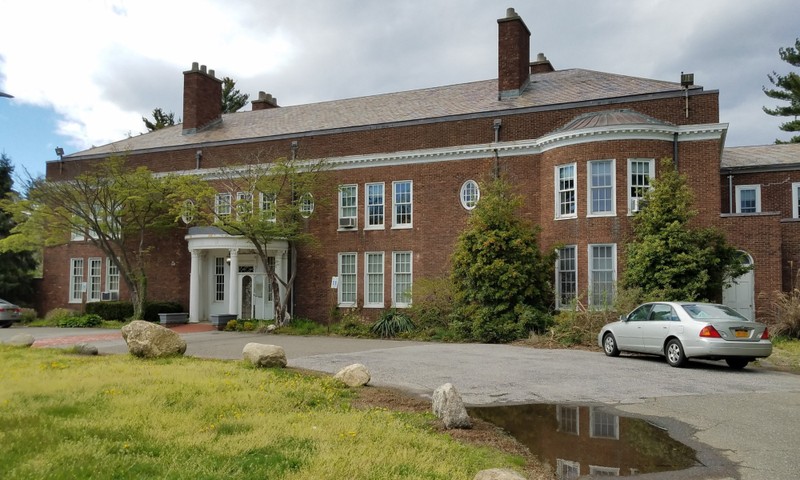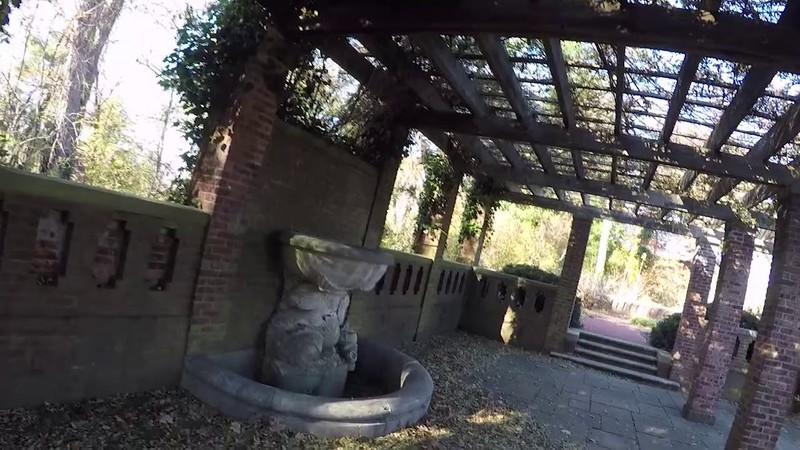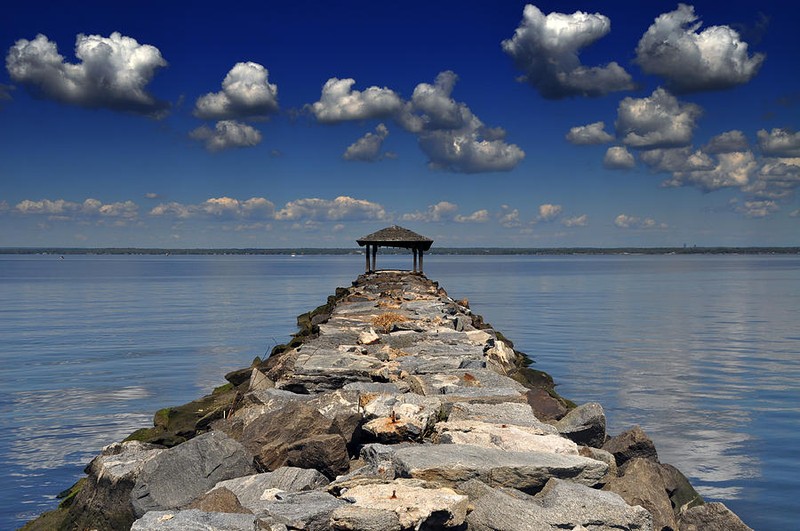Welwyn Preserve
Introduction
Text-to-speech Audio
Images
The Welwyn mansion

One of the decaying buildings on the preserve

The jetty at the preserve

Backstory and Context
Text-to-speech Audio
Long Island’s Gold Coast has long been famous for its gilded mansions and wealthy residents. In fact, it was the Gold Coast that F. Scott Fitzgerald used as the setting for The Great Gatsby. In 1906, wealthy oil industrialist Harold Irving Pratt built Welwyn, a mansion located on an expansive 204-acre estate that looks out on Long Island Sound. Pratt was one of the sons of Charles Pratt, who founded the Pratt Institute. Other Pratt siblings had similarly opulent estates nearby.
Pratt and his wife, Harriet, lived in the home until his death in 1939 and hers in 1969. The home was willed to Nassau County, but as the county had no plans for the estate, it sat empty for many years. The home, a large, Georgian-style manor, as well as its greenhouses were left to decay and the gardens became overgrown with vegetation. At one point in the 1990s, the Nassau County Sherriff’s Department used the cement basements under the greenhouses for training, but the rest of the estate was abandoned.
In 1993, Boris Chartan, a local Holocaust survivor, announced plans to restore the main house and use it to house Long Island’s first Holocaust museum. The museum, the Holocaust Memorial & Tolerance Center, is still in operation. The museum also hoped to restore some of the gardens adjacent to the house but maintaining the gardens and the greenhouses proved to be prohibitively expensive. The greenhouses are now the most derelict buildings on the property.
Today, apart from the manor house which houses the museum, the Welwyn Estate is largely abandoned and overgrown. It is now known as Welwyn Preserve and is open to the public for hikes and exploration. Trails and cobblestone paths lead through the grounds down to what was once the private beach of the Pratts. Many of the buildings are now covered in graffiti and the glass has long been broken out of the greenhouses, but the grounds are beautiful in an untamed way.
Sources
Bernstein, Phyllis . Welwyn Reaps Improvements , New York Times . May 24th 1981. Accessed April 8th 2021. https://www.nytimes.com/1981/05/24/nyregion/welwyn-reaps-improvements.html?searchResultPosition=1.
Welwyn Preserve, Atlas Obscura . Accessed April 8th 2021. https://www.atlasobscura.com/places/welwyn-preserve.
